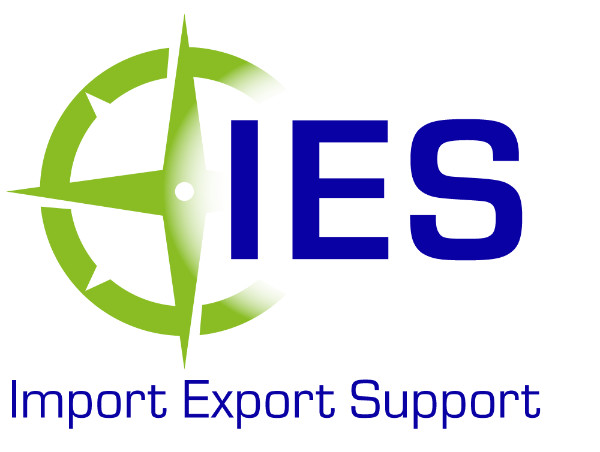Process Mapping & Procedure Writing
Mapping processes will enable your teams to handle activities consistently and efficiently.
Process mapping outlines the flow of activities, with responsibilities and required standards, to complete a business process. A flow chart shows the steps taken and the decisions made which may affect the outcome of the task. This is supported by more detailed step by step processes which deal with more detail about how things are done, and the required standards.
Why is Process Mapping Important?
Having your processes mapped ensures that activities are handled consistently, provides support your teams to do their jobs efficiently, identifies bottlenecks that cause delays in the process, giving clear roles and responsibilities and accountability to those involved.
When things go wrong (and they do) HMRC will look more favorably on companies that have documented processes and they demonstrate a proactive approach to compliance thus reducing the possibility of HMRC imposing fines and penalties when corrections are made.
Key benefits:
- Consistency of results
- Continuous Improved ways of working
- Change Management
- Collaboration between departments
- Continuity in workflow.
What you get
For each Process you can have the following:
- A Flow Chart – outlining the actions, decisions, and the outcome.
- A detailed written process outline including why who, what & when for each step
- Recommended changes, KPI’s & objectives to achieve the success of the process.
What next?
Simply use the Contact us form requesting a consultation and gather details of your international supply chain activities along with details of any custom authorisations, internal and Third Party KPIs, SLAs and SOPS.
How Johnson took back control of their supply chain
This case study on IES’ work with Johnson Controls shows just how important it can be to map out a business’ import and export processes.

